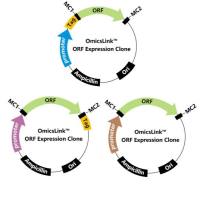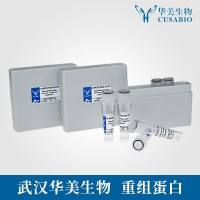Autoradiography of Enzymes, Second Messenger Systems, and Ion Channels
互联网
455
Autoradiographic detection of ligand binding to tissue sections has been used to localize, quantify, and characterize a diverse range of sites. Enzymes have been studied using selective inhibitors, ion channels using naturally occurring toxins, and second messenger systems using inositol polyphosphates. Ligand binding complements immunohistochemistry and in situ hybridization by permitting pharmacological characterization and quantification of active sites. Localization, affinity, and specificity of binding sites for ligands can be correlated with functional studies performed with the same pharmacological agent. Bioactive ligands are often identified before their targets have been fully characterized, and radiolabeled ligands may become available before molecular and immunological reagents have been developed. A pharmacologically active agent may be synthesized before the endogenous ligand for its binding site has been identified, and autoradiographic methods may help elucidate the site of action of such agents.









